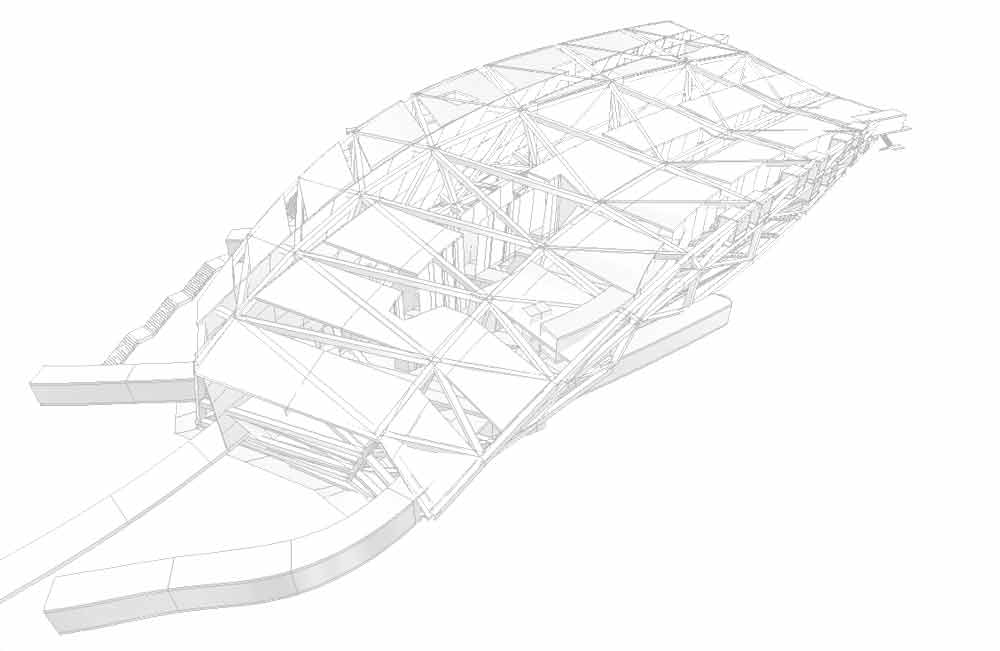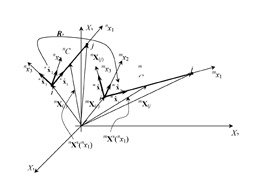
Elastic Trusses
Location
N/A
Client
-
Status
Complete, 2005
N/A
Client
-
Status
Complete, 2005
Christos Kaklamanis, Civil Engineer
A truss is defined as a three dimensional continuum whose kinematics, kinetics and constitutive behavior are governed by only one of its dimensions. The longitudinal direction is the controlling dimension of the truss and is readily assumed to have the largest spatial extent. Thus, in essence the truss is a one – dimensional continuum, augmented with certain relations describing the kinematics and kinetics in the other two directions, as functions of the behavior of the controlling dimension. It is because of these relations that one can describe the truss as being a semi – one – dimensional continuum rather than simply one – dimensional.
In this treatise, we present a comprehensive theory of elastic trusses, i.e. trusses that undergo elastic deformations of any magnitude. The fundamental building blocks of the theory rest on concepts and ideas found in the general theory of continuum mechanics. In the process of applying the theory of continuum mechanics to this singular semi – one – dimensional continuum, we had to clarify various delicate theoretical issues pertaining to the concept of work conjugacy of the various stress and strain measures. In addition, we were able to define in the most fundamental way, the differences between the Updated and Total Lagrangian descriptions. Finally, it is found that the assumptions concerning the kinematics of the cross sectional dimensions of the truss are tightly related to the constitutive laws utilized and consequently, different cross sectional kinematic assumptions lead to different structural behavior of truss structures.
CV
- Work
- Publications
- Exhibitions
- Clients
- The Office
- Announcements
COMMUNICATION
- Naxou 16, 14562 Kifissia, Attiki – Greece
- T +30 2108084217
- F +30 2106236976
- info@palimpsest.gr
- Guest Book

